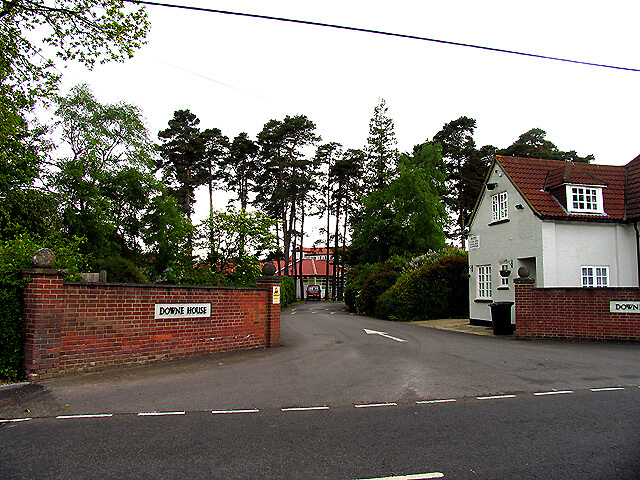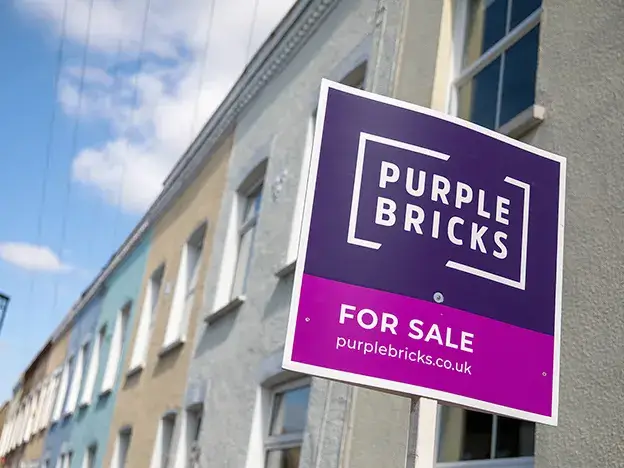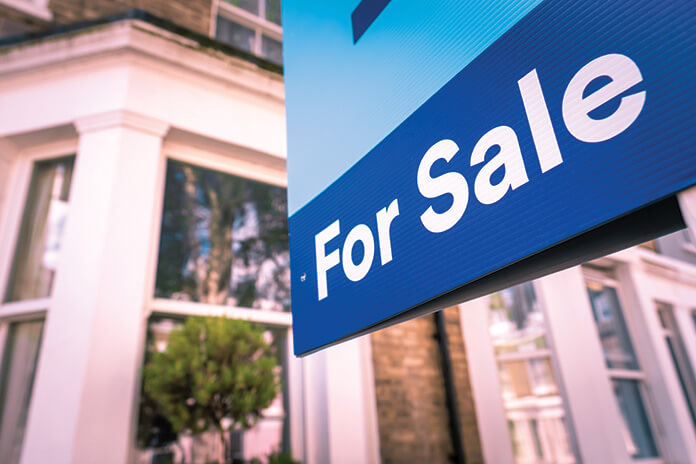First-time Buyers Face Uphill Struggle
UK property prices are on the rise again – albeit on a monthly basis and by just 0.2 per cent.
The increase was from March to April, reports Rightmove. And, although positive for homeowners, is still 1.7 per cent lower than in the same period last year. The cost of the average property overall in the UK is now around £366,247.
It’s all about competitive pricing for spring, insists Rightmove’s Tim Bannister.
The property portal director said: “Many sellers have transitioned out of the frenzied multi-bid market mindset of recent years and understand the new need to tempt spring buyers with a competitive price.”
The pace of the property market, he says, is similar to that pre-pandemic. In fact, sales were 18 per cent lower than in spring 2022.
First-time buyers face price hikes
Meanwhile, one sector of the property market where prices aren’t particularly competitive, is the first-time buyer market. That’s because the price of one to two-bedroom properties has jumped two per cent compared to spring last year. It brings the asking price for the average first-time buyer home (ie those with one and two bedrooms) to £224,963.
Conversely, sales for ‘second stepper’ homes ie those with three to four bedrooms and a garden and four per cent less their pre-pandemic figure.
City living is becoming appealing again
And talking of lockdown, now that more people are going back into the office, the yearning for city living is becoming ‘a thing’ once again. Property researchers TwentyCi say sales in cities, particularly inner London, are on the rise. In fact, it’s 5.8 per cent more than in 2019. The prices are rising due to investment from foreign buyers.
Meanwhile, London lettings and estate agent Benham and Reeves has identified a gap of more than 34 per cent between seller expectations and what buyers are prepared to pay. The average approval price being around £271,098 compared to the seller’s asking price of £363,416. It’s the biggest gap since the market was in full flourish during the height of pandemic in autumn 2020.
North East sees most UK property sales
Most property sales over the last quarter have been in the North East of England (an increase of seven per cent). Scotland was the only other area to experience an increase in sales numbers. The biggest drop in sales was in the East Midlands, at 15.3 per cent. The previously popular South East saw sales drop six per cent.
The North East saw the biggest uplift in agreed sales at seven per cent, while Scotland saw a small increase at 1.4 per cent.
Other regions recorded by TwentyCi reported a decline in sales agreed when compared to 2019, ranging from a drop of six per cent in the South East to a fall of 15.3 per cent in the East Midlands. The figures, a spokesman for TwentyCi said, pointed to a recalibration in the market, rather than an all-round freefall.
Get in touch
Keep up to date with property market news by subscribing to a free trial of Blue Bricks magazine here today. You can cancel after the trial and it costs nothing, or it’s just £9.99 if you like it and want to continue (which we’re sure you will).












